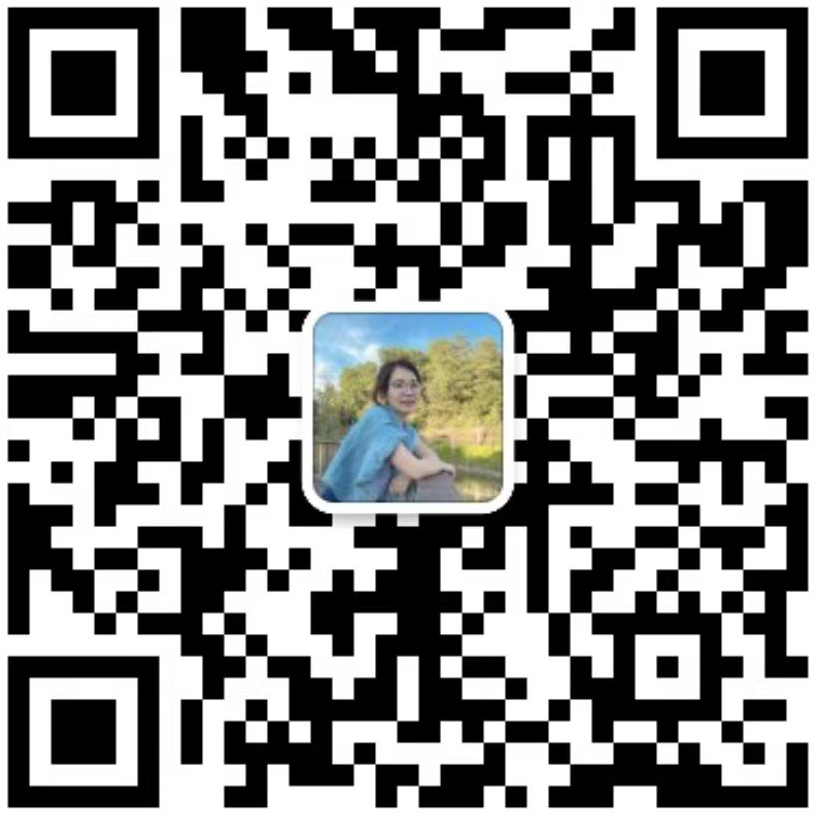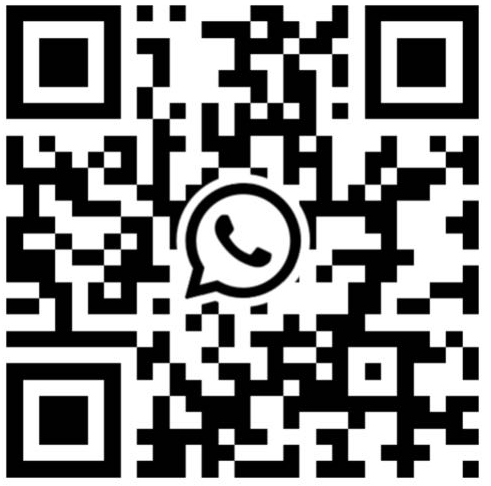NXP Launches Innovative UWB ICs to Advance Intelligent Vehicle Access and Expand Capabilities
Today marked a significant milestone for NXP Semiconductors as they launched their leading-edge development—a chip that integrates both radar and ultra-wideband (UWB) transceiver functionalities. This innovation simplifies the way in which vehicle access systems are designed and implemented.
With the intention of delivering an array of new features to the automotive sector, NXP has unveiled two new ultra-wideband (UWB) integrated circuits (ICs), the NCJ29D6A and NCJ29D6B. These ICs are poised to infuse future vehicles with enhanced capabilities. Mirroring the interactivity enabled by the Internet of Things (IoT) and smart-home technologies that allow users to have greater engagement with their surrounding environment, NXP's latest chip offerings aim to transplant similar functionalities and heightened security into the automotive domain.
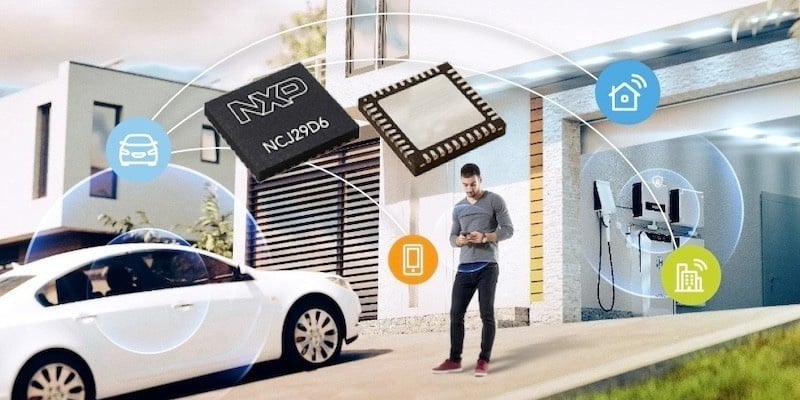
The NCJ29D family from NXP includes UWB transceiver and radar technologies, allowing for dense integration in vehicles and a simplified BOM compared to existing techniques.
Despite the ubiquity of smartphones as central hubs for a variety of convenient functions, from smart wallets and home automation to digital access control for buildings, the use of smartphones for vehicle control is not as widespread. Currently, some solutions use Near Field Communication (NFC) technology to enable smartphone-based vehicle control. However, NXP's new approach, featuring onboard ultra-wideband (UWB) transceivers in their chips, opens the door to an array of additional functionalities.
To gain deeper insights into these innovative chips, we had the opportunity to speak with Michael Leitner, who holds the position of senior director of Smart Car Access at NXP. During our conversation, Leitner shed light on the ways NXP envisions these new chips empowering designers, as well as the types of applications that could be materialized through the enhanced capabilities provided by the UWB technology.
Dense Chip Integration
Each of NXP’s newest chips includes UWB capabilities, enabling next-generation vehicles to include phone support via UWB links. This is primarily targeting smart vehicle access, where consumers can use a digital key to lock/unlock or turn on a vehicle without needing a physical key fob. This technology is enabled by both the phone and car transmitting UWB signals and using time-of-flight measurements to accomplish coarse ranging.
In addition to UWB communication, the NCJ29D6A also includes UWB radar capabilities and an integrated MCU. The addition of radar capabilities, while it may seem redundant at first glance, enables several new applications that can simplify the vehicle’s BOM and enable new features.
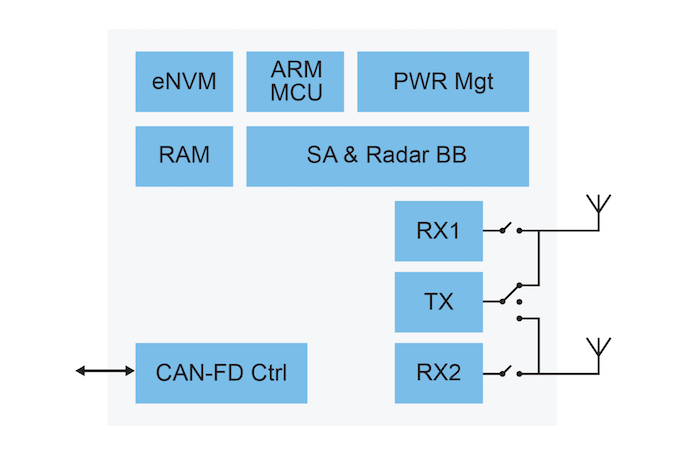
The NCJ29D family includes multiple receiver chains for advanced radar/communications signal processing, and all supporting hardware to allow designers to design UWB systems.
When talking about the slew of features that could be brought about thanks to the new chip, Leitner said it's all about software enablement.
“The cool thing is that you have this NCJ29D already in the car and it's a question of software enablement to enable now different radar use cases. You can put an algorithm for child presence detection on there. You can put an algorithm on there for gesture sensing.”
So not only are new applications enabled, but the development of these applications is much easier.
Preserving Security
A key inhibitor to adoption of digital car access is security concerns associated with digital keys. NXP recognizes this, and has worked to ensure that the security behind the new series of chips is prioritized. Leitner explained how this enables the potential transition to digital key fobs.
“It's a transformation from the key fobs, which everybody knows, to your smartphone,” he said. “There is also some psychological barrier to change that. But it also worked for mobile banking. You have your boarding passes, all the things you have on the smartphone, and it needs to work seamlessly. There can’t be any kind of hiccups.”
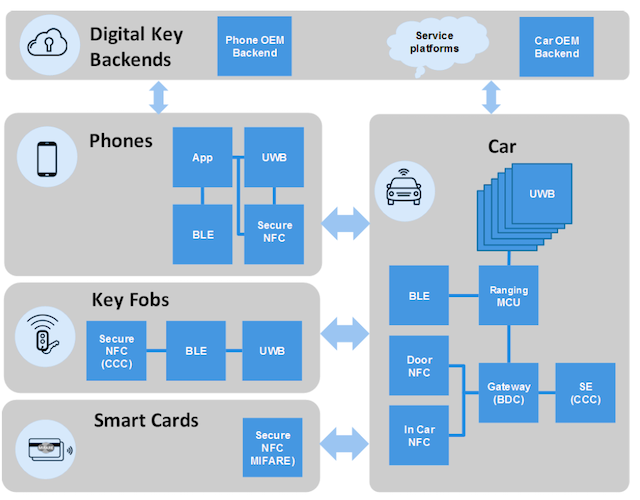
The NCJ29D series is able to leverage the security features engrained in UWB transceivers on phones and keyfobs to provide secure access to smartphone users.
As such, NXP has ensured that the UWB chips can precisely locate a mobile phone even in the toughest conditions. Even in congested environments, a critical test since reflections can greatly impact performance, the NCJ29D series of chips were reportedly able to precisely locate a connected smartphone, all the while maintaining encryption. Furthermore, the Trimension family exceeds the ISO21434 security requirements, allowing designers to rest assured that target applications are robust against attacks.
Kickstarting Innovation
A key feature of the chip family is the level of integration it brings to the table, with the NCJ29D6A including UWB transceivers, radar support, and an integrated MCU all in one package. This not only allows designers to do more with a single chip, but also allows for software and hardware reuse at different vehicle locations, providing more versatility in the design process.
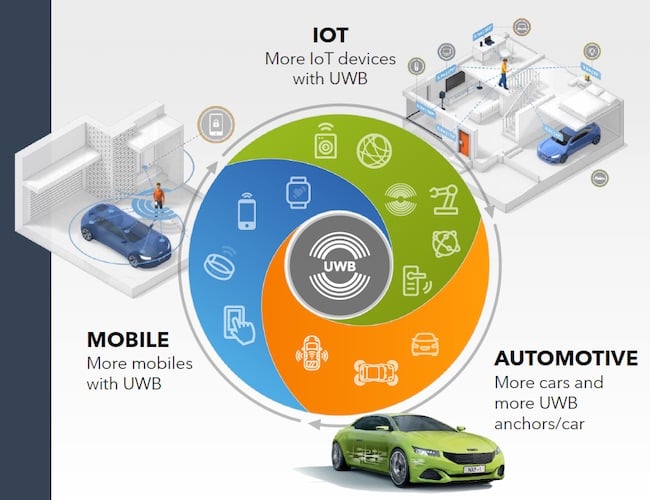
NXP’s latest chip family includes UWB support, allowing for a variety of automotive applications that mesh well with existing IoT and mobile phone technologies.
Although the chips themselves may not sport specs commonly found in vehicles today, NXP hopes that the level of integration afforded by the NCJ29D series will push the industry forward. Leitner says that case is more about market enablement than about market share.
“Here we’re actually not fighting for market share. That's not the thing. We are really accelerating the market. We are enabling automotive customers to get it done and to make it compliant and to make it very high performance.”
So, once the chip is readily available, designers may soon find that they are able to do more with less thanks to joint UWB communications and radar on a single chip.





